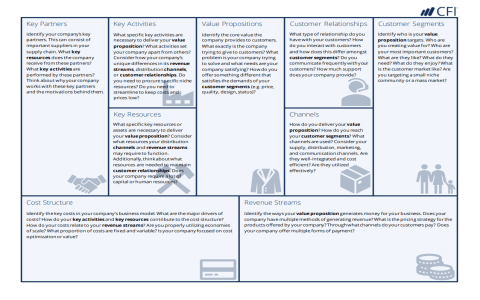Alright, so I wanted to make my blog titles grab attention, right? Everyone says a good title is everything. I kept seeing those super clicky titles around, stuff like “Need Top Coffee Beans? Get Amazing Fresh Roasts!” or “Where to Find Dog Walkers? Best Rated & Reliable Nearby.” Felt kinda formulaic, but hey, if it works…
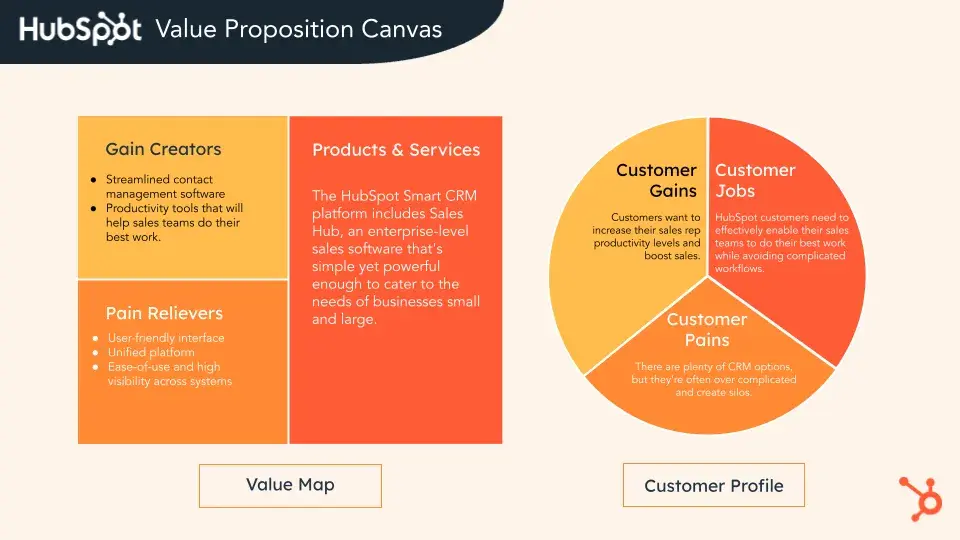
My dumb first try was just totally winging it. Wrote what I thought sounded clever for a post about finding free hiking trail maps. Something like “Hiking Trails Unlocked” or whatever. Guess how many clicks? Basically crickets. Felt pretty lame. Looked at my analytics – nada. Zilch.
The Awkward Phase & Figuring Stuff Out
Okay, time to actually try this pattern thing everyone talked about. Started simple. Needed a title for a post on sourcing high-quality HD wallpaper images for designers.
First attempt sucked:
“Wallpaper Resources”.
Who cares? Too vague, no hook.
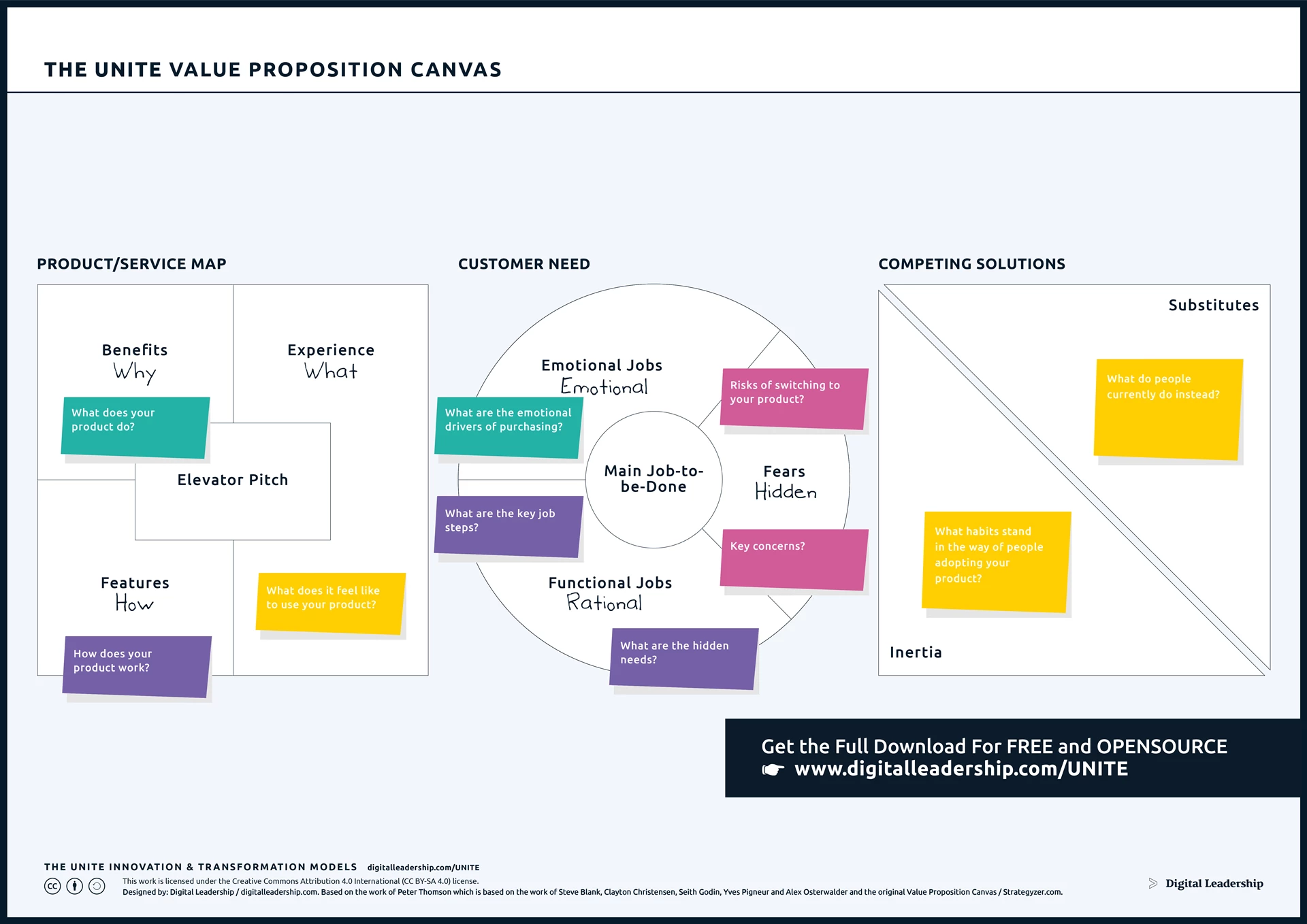
Then I forced the structure. Broke it down:
Problem part: “Where to Find HD Wallpapers?” That pinpoints a need.
Value part: “Best Quality Designer Picks”. Offered something specific – quality and curation.
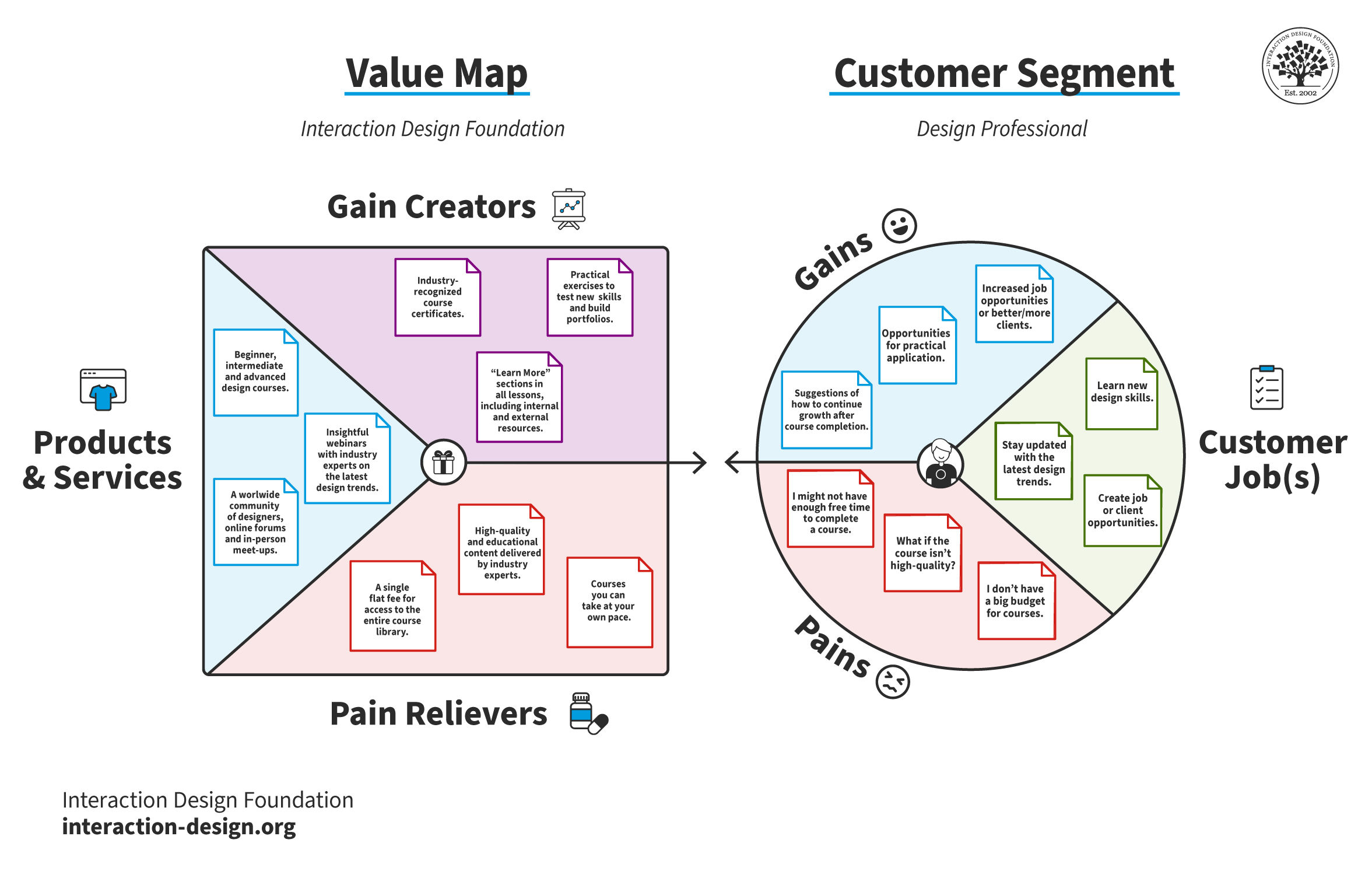
Stuck ’em together: “Where to Find HD Wallpapers? Best Quality Designer Picks.”
Felt a bit… spammy? Like those “Lose Belly Fat Fast!” ads? But I published it anyway. What happened next surprised me.
Seeing Click Magic (and Screwing Up Again)
That wallpaper title? Boom. Clicks went up noticeably. People actually read it! Comments asked for more specific categories. Holy cow, maybe this dumb formula wasn’t so dumb?
Got cocky. Tried it everywhere. For a post on troubleshooting slow internet:
- Bad forced title: “Need Top Speeds? Get Amazing Fast Fixes!”
Man, this sucked. “Get Amazing Fast Fixes” sounded cheesy and vague. What fixes? The problem part “Need Top Speeds?” wasn’t quite right either – people don’t just “need” top speeds generally, they need their current slow speed fixed! Felt robotic and missed the actual pain point. Engagement tanked hard. Comments called it clickbaity garbage. Fair point!
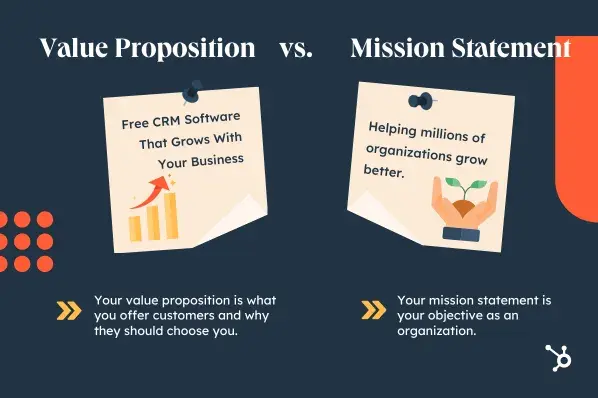
Getting (Slightly) Less Dumb – The Refinement
Learned the hard way – forcing the words ain’t enough. It needs to sound like a real person’s actual problem and offer something genuinely useful specifically for that. Back to the slow internet post.
Real problem? “Home Wi-Fi Slows To A Crawl?” (Yup, that frustrating freeze!)
Real specific value? “DIY Steps To Fix Common Issues.” (Offering actionable solutions, not just “amazing fixes.”)
New title: “Home Wi-Fi Slows To A Crawl? DIY Steps To Fix Common Issues.”
Way better. Less sleazy, more helpful. Clicked better than my cheesy mess, though not viral-level. It landed… decent. And no hate comments. Win.
My biggest takeaway? Don’t be lazy. Plugging words into a pattern works sometimes, especially for finding things (Where to Find X? Get Y Quality Z). But for problem-solving, ditch the generic “Need Top” garbage. Use the structure, but make the problem sound human and the value super concrete. Otherwise, you just sound like a cheap infomercial, and nobody trusts those clowns. Still figuring it out myself!
